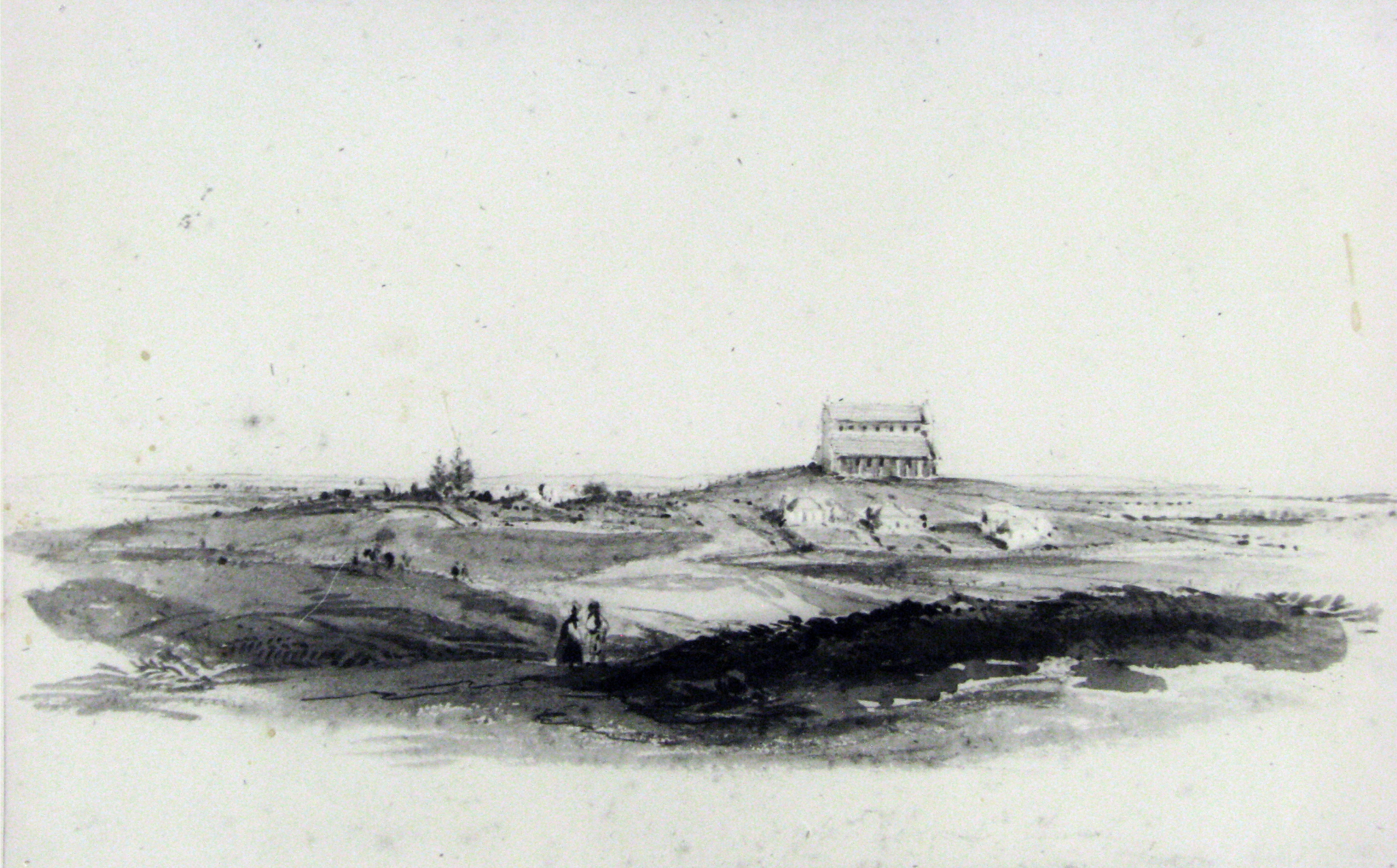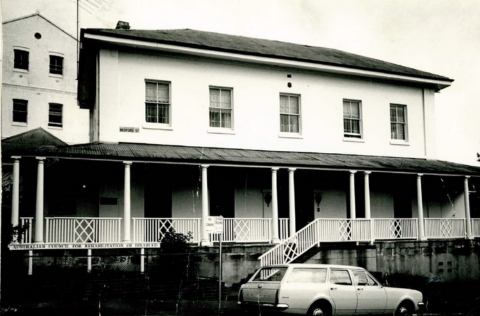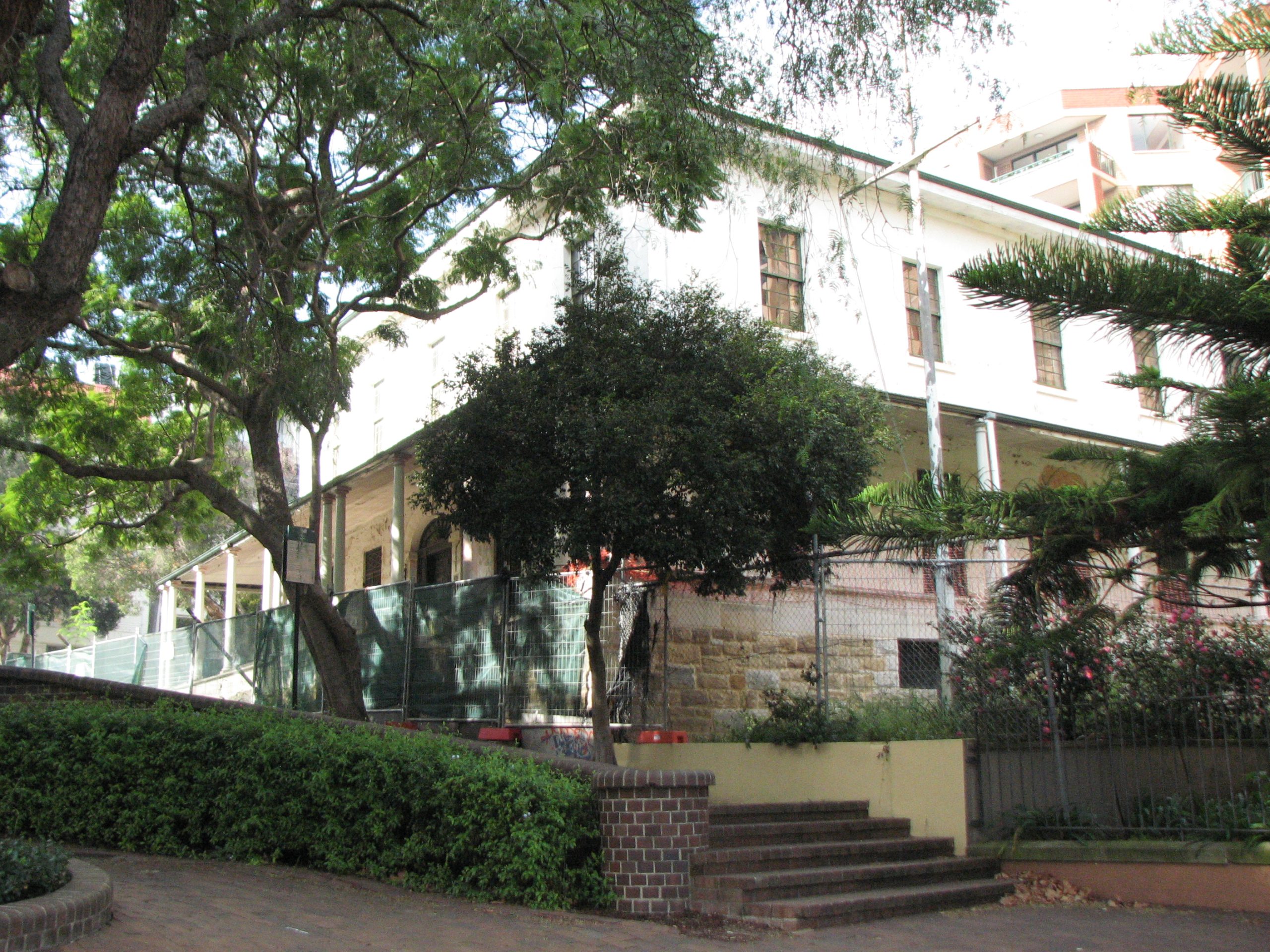Built in the 1820s, Cleveland House is one of the oldest surviving colonial residences in Sydney. Discover the history and heritage of this remarkable building.
By Charlotte Anlezark, National Trust Senior Conservation Officer
A short history of Cleveland House
The grand result of a collaboration between two of Australia’s earliest successful emancipated convicts, Cleveland House is one of the oldest surviving colonial residences in Sydney. With a design attributed to former convict, Francis Greenway, the building was constructed as part of an expansive estate in the 1820s for convict-turned ‘merchant prince’ Daniel Cooper.
Daniel Cooper
Only two years after his arrival as a convict in Australia in 1816, Daniel Cooper was pardoned, married, and setting his sights on developing an empire throughout Sydney. Beginning his business efforts with a pub, brewery and general store, Cooper soon ventured into merchandising, becoming a stakeholder and eventual half-owner of the Waterloo Company, later known as Cooper & Levey. The company operated in shipping and trading and experienced rapid commercial success.
Cooper’s skyrocketing fortune was reflected in his commissioning of Cleveland House which he envisaged as a spectacular residence with his wife (also an emancipated convict) Hannah Dodd. He purchased what was known as the Cleveland Paddocks in 1819 and hired Australia’s first architect, Francis Greenway, to design a large house on the 10-acre estate. Greenway developed an imposing two storey, stuccoed brick Georgian mansion with a wrap-around verandah. The house was described as containing ten large rooms, an enormous basement, and having a splendid interior staircase with rich cedar joinery. The estate also featured lush gardens and extensive views across the harbour into the city. It was a structure that mirrored Cooper’s position as one of Sydney’s most prosperous merchants

Densification and changing scenery
Despite their efforts in establishing a grand family manor, the Coopers separated only a few years after moving into their new home. In 1829 the house was rented out to provide an income for Mrs Cooper and for the next few decades it was let to wealthy families attracted by the estate’s scenic position.
The introduction of railways and development Redfern Terminus in the 1850s saw the surrounding suburb evolve from a village into a high-density area. Upon Cooper’s death in 1853 the estate was sold and intensely subdivided as part of the development of Surry Hills. New buildings slowly encroached upon the original house, transforming its situation from a villa estate into an urban mansion.
The house and outbuildings were retained as a single lot and used for various purposes throughout the late nineteenth century, including a residence, a school, apartments, boarding house and a laundry, amongst other ventures. It was later purchased and used as a convent, refuge and infirmary, before the NSW Society for Crippled Children developed the site into a hospital. In the 1980s, the building was sold again. The new owner demolished the associated outbuildings and further subdividing the remaining land for development.

Heritage listings
Cleveland House has been recognised for its cultural significance since the 1960s, having been first proclaimed as a historical building by the Cumberland County Council in 1962. This was followed shortly by the National Trust, who began investigations as early as 1965 and listed the building as the highest classification (A) on the National Trust Heritage Register in 1969.
A listing on the former Register of the National Estate in 1978 followed as well as inclusion on the State Heritage Register upon its inception in 1999. The building is also listed on the City of Sydney Local Environmental Plan.
Heritage Significance
Cleveland House is one of the oldest remaining residences from the early settlement of NSW. It is a rare example of early Colonial Georgian domestic architecture and significant for its association with two successful emancipated convicts, Daniel Cooper and Francis Greenway. It remains a rare example of Greenway’s residential work. It also holds social significance, the history of this landmark building reflecting the ever-changing social structure of Sydney.
Future of Cleveland House
The National Trust continues to advocate for the ongoing conservation of Cleveland House. We hope to see a future where this heritage place has been carefully restored and can be enjoyed by both locals and visitors alike.

References:
A History of Cleveland House, Surry Hills (John Walter Ross, 2017)
State Heritage Inventory, Cleveland House
National Trust Register listing and archived files for Cleveland House
Find out more
The National Trust (NSW) has been campaigning to protect NSW’s built, cultural and natural heritage for over 80 years. Find out more about our advocacy work.
Stay up-to-date on future advocacy news
Subscribe to our free monthly e-newsletter to hear about our latest advocacy efforts for protecting NSW heritage.
If you’d like to stay up-to-date on the latest National Trust (NSW) news, events and special offers, subscribe to our free monthly newsletter.

 Facebook
Facebook Linkedin
Linkedin Email
Email